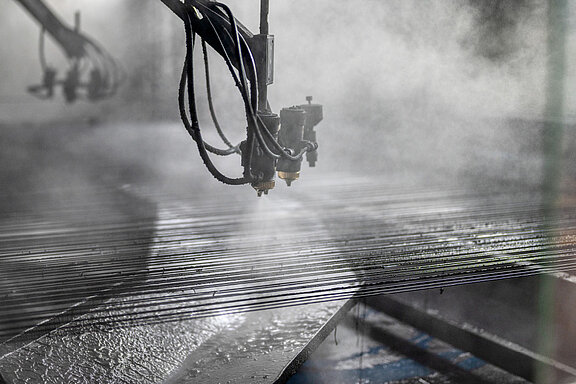The production of stacks of solid oxide cells (SOxC) is a complex process that places high demands on precision and process control. In particular, joining the stacks under the influence of temperature and force requires exact control to ensure the geometric integrity of the stacks. Precise measurement technology is crucial here. With electrochemical impedance spectroscopy (EIS), the joining process can be efficiently monitored and optimized, resulting in a consistently high quality of the stacks.
During the joining process, which typically takes place at temperatures between 800°C and 1000°C, the cells are joined together in an oven under defined force using a push rod. This controlled application of force is necessary to securely join the cells during the unavoidable shrinkage process. However, undesirable deformations can occur during this process, which have a negative impact on the performance and service life of the stacks.
To meet these challenges, impedance measurements are carried out continuously at several measuring points along the entire stack during the joining process. These measuring points are arranged so that they are positioned in pairs on the opposite outer sides of the cells. By continuously monitoring the impedance, even minor changes in the geometry of the stack can be detected in real time.
The measurement is carried out using the multi-channel EIS meter from SIVONIC, which impresses with its high accuracy and reliability. If unwanted deformations are detected during the process, they can be corrected at an early stage. Adjustments such as correcting the angle of the push rod or the point of application of the force minimize deformations and make a decisive contribution to quality assurance.
Another advantage of continuous impedance measurement is the ability to categorize the stacks into quality classes at the end of the joining process. The classification is based on the homogeneity of the deformations:
- Higher quality classes are given to stacks with uniform deformations, as they have a longer service life and higher efficiency.
- Lower quality classes are assigned to stacks with non-uniform deformations, as these typically have shorter lifetimes and higher operating costs.
SIVONIC's multi-channel EIS meter can be fully integrated into existing process control systems and the recorded data is processed in real time. This enables complete documentation and supports the continuous improvement of the manufacturing process.
SIVONIC has many years of experience in the use of multi-channel EIS meters for joining and operating SOFC/SOEC stacks.
With the combination of precise force control and real-time monitoring using electrochemical impedance spectroscopy (EIS), mechanical deformations during the joining process can be effectively reduced. This not only improves the quality of the stacks, but also increases the efficiency and cost-effectiveness of the entire production process.
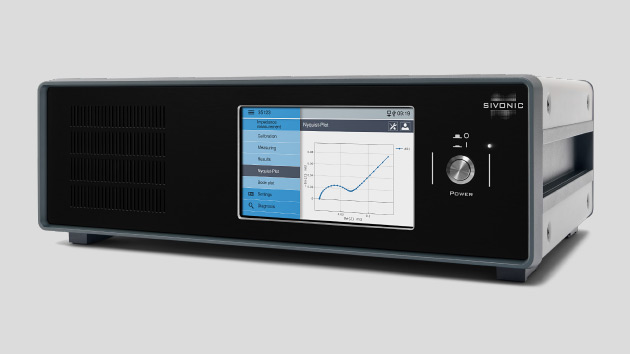
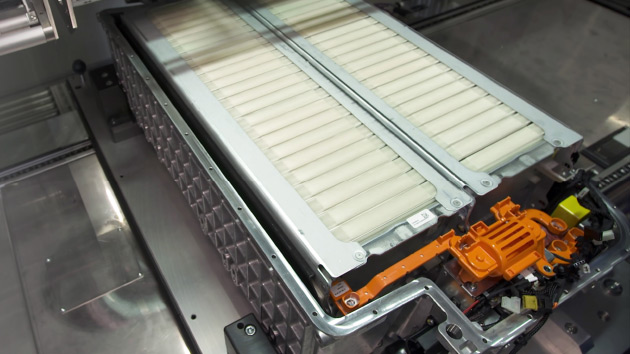

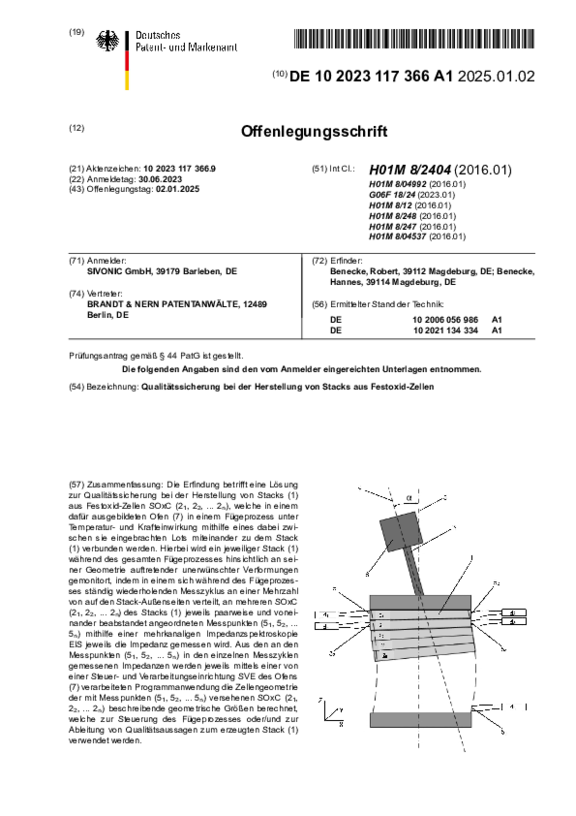
![Fuel Cell [Translate to Englisch:]](/fileadmin/_processed_/e/2/csm_img_Vorschau_Applikationen_Brennstoffzellen_5c9d48bd57.jpg)
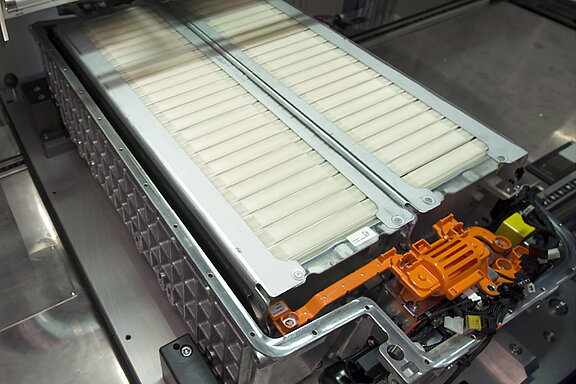
![Electrolysis [Translate to Englisch:]](/fileadmin/_processed_/c/5/csm_img_Vorschau_Applikationen_Elektrolyse_010bb10ebc.jpg)
![Corrosion [Translate to Englisch:]](/fileadmin/_processed_/b/0/csm_img_Vorschau_Applikationen_Korrosion_1a39355e33.jpg)
